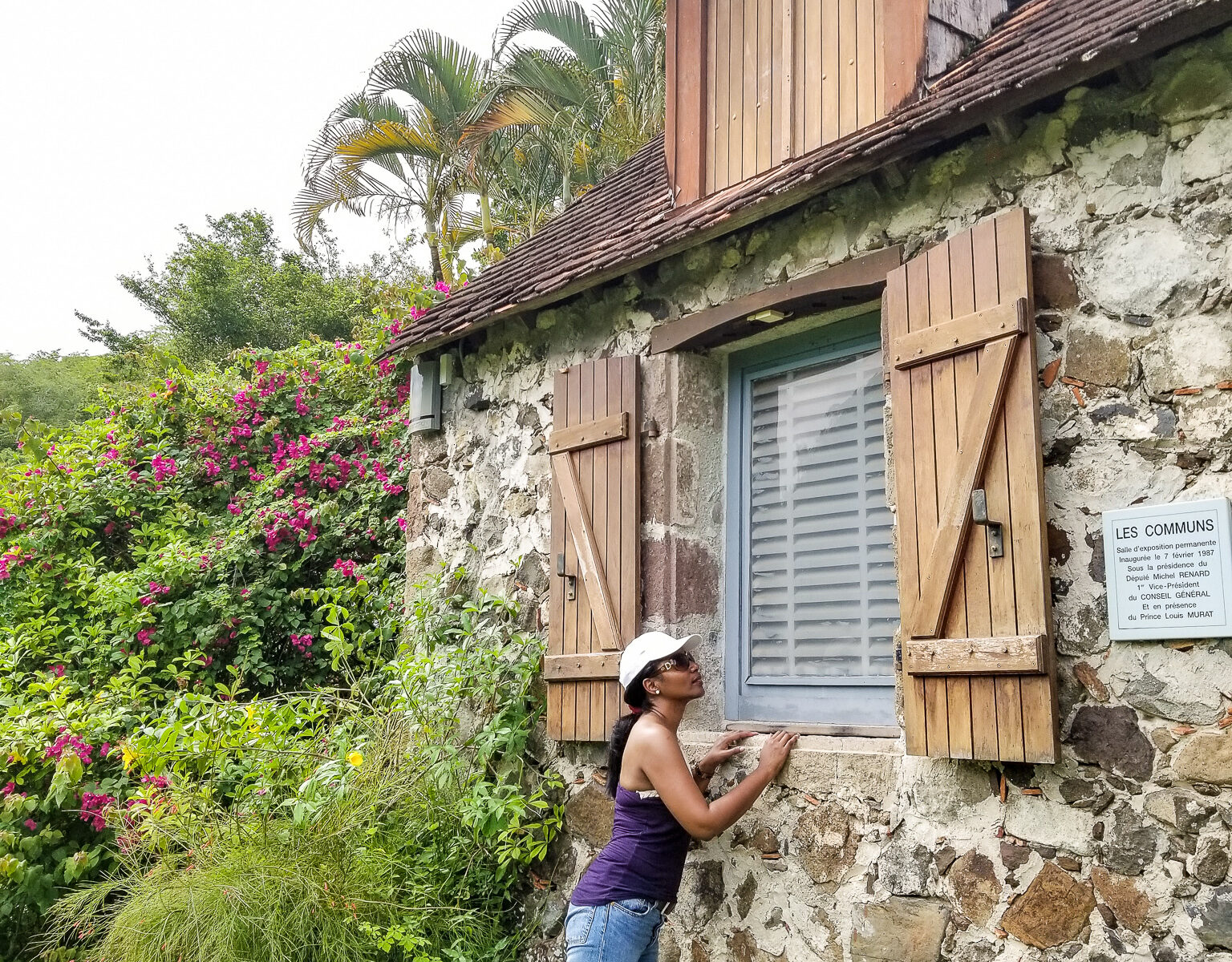Have you been getting trip invitations from friends and family, but are still on the fence about venturing far from home? Yes, I know it’s 2022. We have vaccines and boosters now, but we are still not completely out of the woods yet, so the should-I-pick-up-and-go dilemma is still alive and well for some us. I just try not to get stressed about it, and neither should you. Those conversations can be extremely awkward, but there are ways to say a polite and firm no without coming off as boring, flaky, or judgmental.
Avoid sending mixed signals
If you shy away from conflict, you might find yourself saying yes to things more than you mean to. Don’t do that. Never say yes or maybe if you know for sure you won’t go. It can mess up other people’s plans, affect their pockets, and create deep rifts in your relationships. Remember, a flaky reputation is hard to repair, and trust is hard to regain once you’ve lost it.
Keep things positive and upbeat
One of the best ways to handle a hard no is to begin and end the conversation on a positive note. Before issuing a decline, tell your family member/friend you’re happy to hear from them and you’re thrilled they thought of inviting you. For bonus points, end with an upbeat line like “I’m so going to miss hanging out with you” too. The most important thing to avoid is using words and phrases like “irresponsible” or “ how could you?”. Put that in the same category as any others that can be interpreted as conjuring up “gloom and doom.” After all, pounding someone over the head with all CDC guidelines they are already aware of after their minds are made up won’t change a thing.
Respond from your perspective and avoid making “you statements“
Another great way to diffuse potential conflict is to use “I” statements to explain your decision. Whereas “you” statements can sound argumentative or judgmental, centering your decision on how you feel will help you steer clear of critiquing theirs. Travel shaming was not a good look in 2020, and it still isn’t in 2022. You can’t know everything that’s going on with everyone in your circle, so please extend grace. Use lines like this instead.
- I’m still a bit too nervous to travel right now, but I totally understand your desire to get away.
- I 100% wish I was as comfortable as you are to travel right now, but I honestly just need some more time.
- I’m so sorry, but I still have anxiety about being in an airport or on a crowed flight. I wouldn’t want my personal fears to put a constant damper on your fun and spoil the trip.
- I love you and I wish I could, but I can’t. I’m just not there yet, Sorry!
Don’t lie
While it might seem easier to make up an excuse about why you can’t go, the truth is, hurriedly made-up plans or clever cop outs could backfire on you in the long run. First, you’ll have to remember what you said, and secondly, if they are super flexible and keep proposing new dates or times, what then? You’ll have to lie, and then lie again.
Help your friends/family to plan!
One of the simplest ways of to take the sting out of a no and still show you care, is to help. If you know your friends’ likes and dislikes, help them to search for accommodations or flights, cool Instagram locations or make itinerary suggestions.
.


